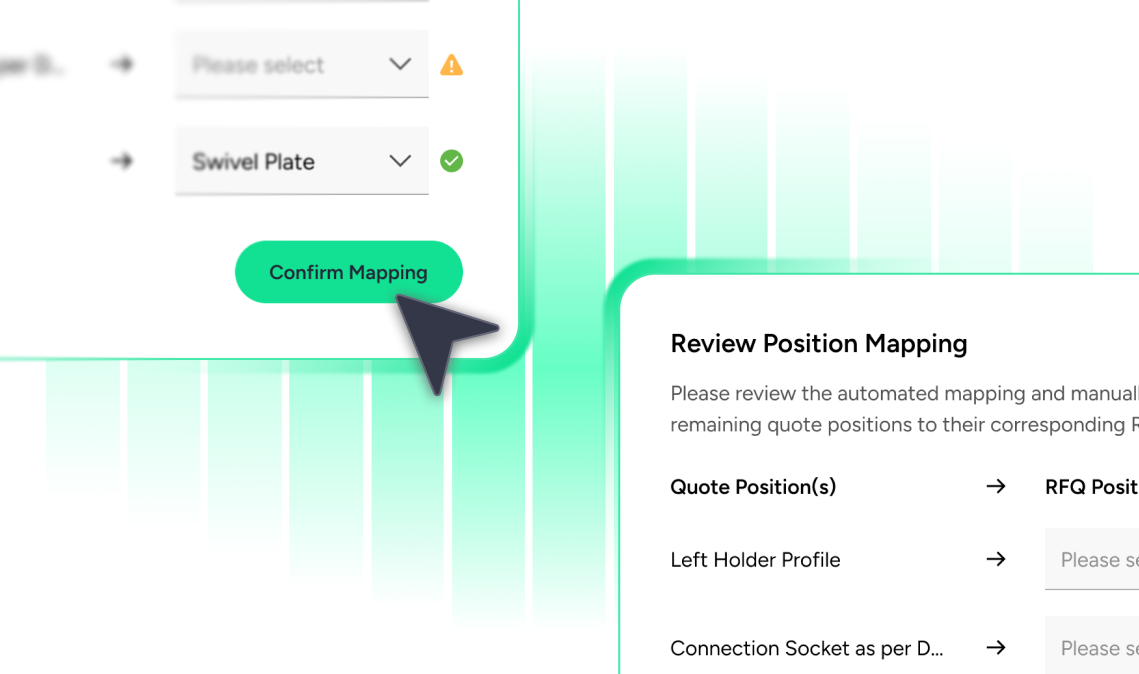Capacity Shortages Are Increasing and They’re Here to Stay
At one medium-sized engineering company, an enquiry for 200 CNC-machined aluminium housings went unanswered for more than ten days, not because of lack of interest, but simply because no production capacity was available. Delays like this are no longer isolated cases; they are symbolic of structural bottlenecks in CNC manufacturing.
By the end of 2024, a noticeable shortage of available CNC and machining capacity had emerged. The reasons are many: a capital investment backlog among job shops, a decline in skilled labor, and the growing trend toward in-house production among original equipment manufacturers (OEMs). The result: overburdened suppliers, longer lead times and rising prices.
According to the German Machine Tool Builders' Association (VDW), more than 45% of medium-sized manufacturers plan to secure their capacity in 2025 through new partnerships and digital networks. A clear signal that traditional supply chain models are reaching their limits.
Between Planning and Real-Time: Why Flexibility Determines Delivery Capability
CNC procurement in 2025 is evolving into a real-time discipline. Purchasing departments are increasingly forced to respond to unpredictable demands and delays often under tight deadlines. Traditional supplier agreements quickly reach their limits under these conditions.
For procurement leaders, this shift means rethinking familiar models: moving away from long-term fixed contracts such as framework agreements and towards dynamic, digitally-enabled sourcing processes. Flexibility, speed and transparency are becoming increasingly important. More and more companies are using digital platforms to find CNC capacity quickly and reliably, independent of existing supplier networks.
The ability to identify suitable manufacturing partners in real time is becoming a strategic core competency. Being able to reliably cover production peaks with external CNC job shops ensures operational stability even when supply chains are strained.
Digitalization as a Key Enabler: Platforms Ease the Burden for Buyers and Manufacturers
Digital manufacturing platforms such as Partfox connect buyers with quality-certified CNC suppliers across locations in real time, on demand and at speed. While manufacturers can make better use of their available capacity, procurement gains agility without having to search for new suppliers.
Especially for prototypes, rework or short runs, platforms like Partfox enable much faster response times, often within a few days. This helps to reduce downtime and unburden internal teams.
Strategic Outlook: Capacity Management Becomes a Continuous Discipline
CNC manufacturing in 2025 is caught between volatile order volumes, global supply chains and increasing product customization. At the same time, there's increasing pressure to control manufacturing costs with greater precision, often in real time.
Companies that want to remain competitive need a clear answer to a critical question: How flexible is our capacity today, next week or next quarter?
Building strategic manufacturing partnerships, integrating digital capacity networks and deploying data-driven control tools are becoming operational imperatives. Investing in structured capacity management today can mitigate risk and unlock new value.






